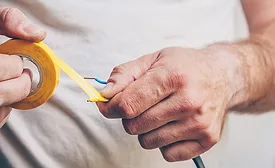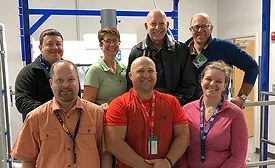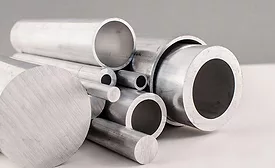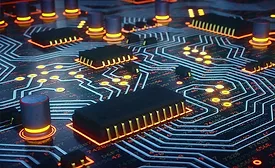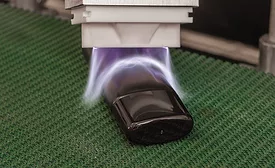Home » surface treatment
Articles Tagged with ''surface treatment''
The chemistry of an atmospheric plasma surface treatment must be adopted to the targeted process.
Read More
U.S. Air Force Qualifies PPG Aerospace Electrocoat Primer
The Air Force initially will coat test parts on a PPG e-coat system that it installed at its Advanced Technology and Training Center in Georgia.
November 1, 2019
Enercon to Display Corona, Plasma, and Flame Surface Treating Technologies at K 2019
Visitors to the company’s stand will reportedly have the opportunity to explore five electrode assemblies featuring variations of high-powered ceramic and stainless steel electrodes.
October 16, 2019
HENKEL: Surface Treatment for Aluminum Processing
Henkel’s latest new developments in this area include three products: Bonderite C-IC 65001, Bonderite M-NT 2040 R9, and Bonderite M-NT 65000.
October 15, 2019
Croke Named Director of R&D for Enercon
Brian Croke will oversee new product development and the continuous improvement of existing products across all induction cap sealing and surface treating lines for Enercon.
September 5, 2019
Nordson MARCH Presents Paper on Plasma Applications for Wafer-Level Packaging at ICEPT
Jiangang (Jack) Zhao, Ph.D., applications director and chief scientist, presented original data and discussed typical plasma applications that enable or improve process steps for wafer-level packaging (WLP).
August 16, 2019
Fales Named Service Manager for Enercon
In this role, Nate Fales will lead Enercon’s support team of mechanical and electrical engineers.
July 24, 2019
Ask Dr. Dave
Ask Dr. Dave: Have there been any recent developments in the bonding of PTFE to itself or to metals?
Dave Dunn's February 2019 column.
February 5, 2019
Tape Talk
Developments in Plasma and Flame Surface Treaters for Improving Adhesion
Ongoing advancements with plasma and flame surface treaters are expanding the systems’ use in a growing number of industries.
October 1, 2018
Ellsworth Adhesives and Enercon Industries to Offer Surface Treatment Webinar
The webinar is scheduled for 10 a.m. CDT on April 12.
March 16, 2018
Keep the info flowing with our newsletters!
Get the latest industry updates tailored your way.
JOIN TODAY!Copyright ©2025. All Rights Reserved BNP Media.
Design, CMS, Hosting & Web Development :: ePublishing
